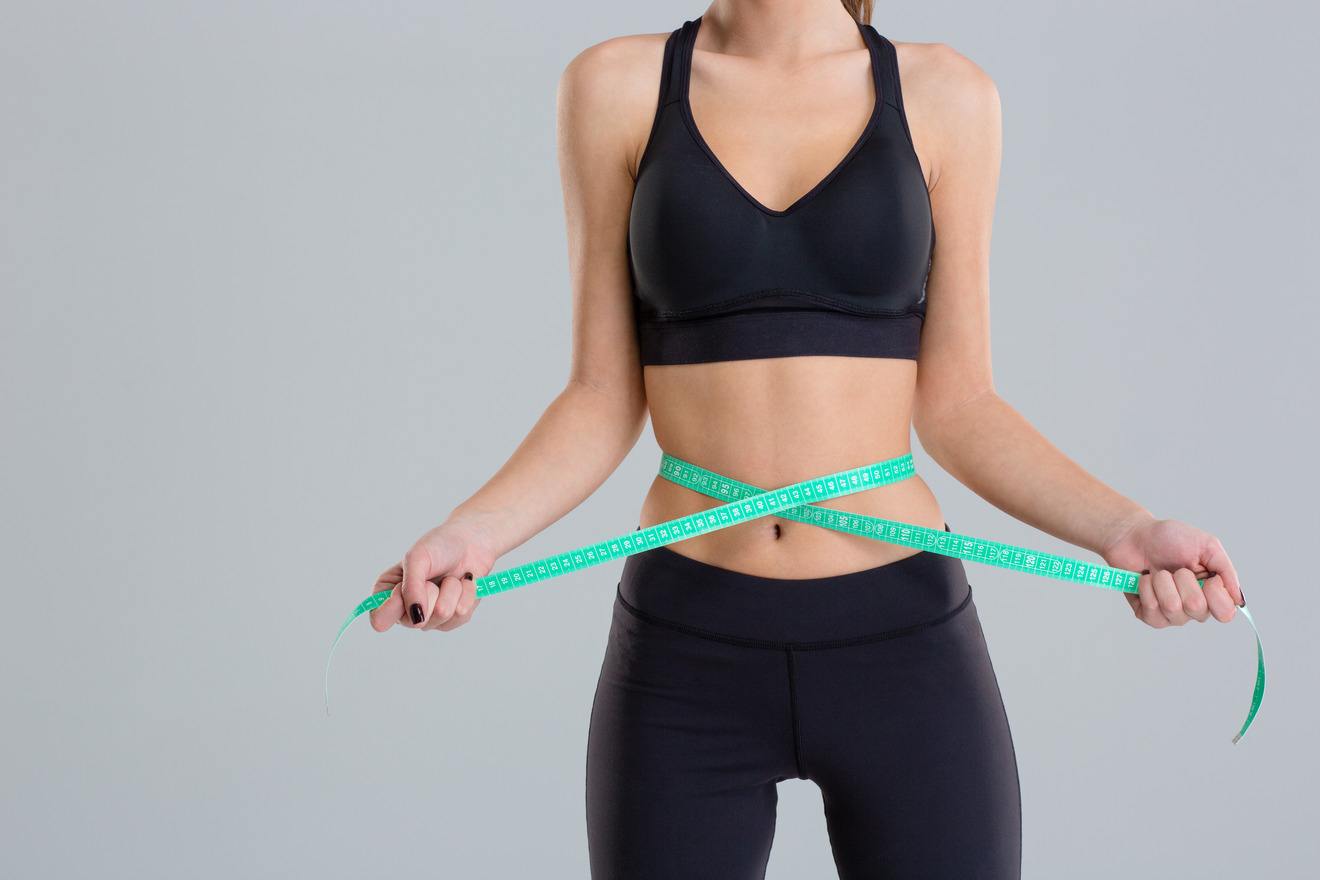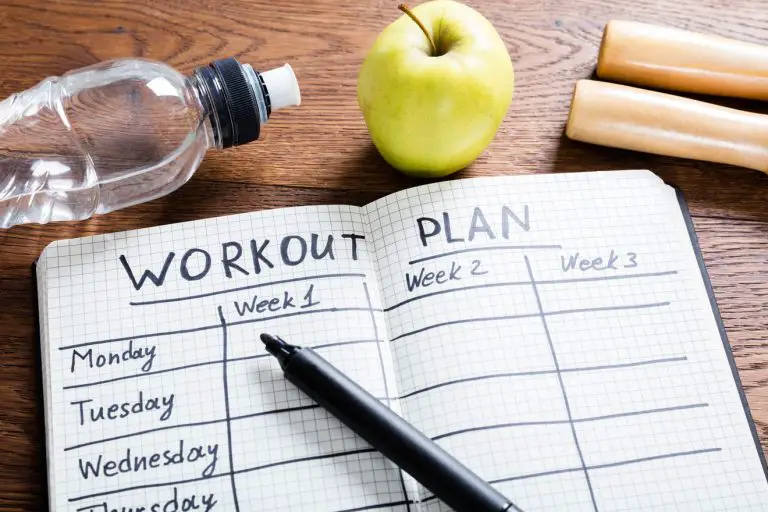What to eat for fat loss
Key takeaways
- You need to be in a caloric deficit (burning more than you’re eating) to lose fat.
- Protein preserves your muscle as you lose your fat. Make sure to consume protein!
- Choose to eat complex carbohydrates which take longer to digest, keeping you fuller for longer.
- Don’t neglect fats; you still need them to keep your hormones regulated and to absorb necessary vitamins and minerals.
- A successful fat-loss plan is one you can stick to which produces long term results.
Fuel your body to fit your goals
Achieving fat loss isn’t just about burning calories through intense workouts; it’s also about creating a sustainable nutrition plan that helps you lose fat while maintaining muscle mass and supporting your overall health. The right diet not only accelerates fat loss but also ensures that you feel energized, full, and satisfied throughout the process.
If you want to shed excess fat and build a lean, healthy body, it’s time to fuel your body the right way. In this guide to nutrition for fat loss, we’ll dive into key strategies to help you achieve your goals without compromising your health or losing muscle.
Understanding energy balance
At the heart of every fat-loss journey is the concept of energy balance, which refers to the relationship between the calories you consume (through food and drink) and the calories you burn (through exercise, daily activities, and metabolism). To lose fat, you need to be in a caloric deficit, which means consuming fewer calories than your body burns.
However, simply cutting calories isn’t enough. The quality of the calories you consume plays a major role in how efficiently you lose fat. A well-rounded nutrition plan should focus on nutrient-dense foods that provide the right balance of macronutrients (protein, carbohydrates, and fats) while supporting your energy levels and overall health.
The role of protein in fat loss
Protein is the most important macronutrient when it comes to fat loss. Not only does it help preserve lean muscle mass while you’re in a calorie deficit, but it also promotes satiety, meaning you’ll feel fuller for longer after meals. This makes it easier to stick to your calorie goals without feeling deprived.
In addition to promoting satiety, protein has a high thermic effect, which means your body burns more calories digesting protein compared to fats or carbs. This makes protein a key component in any fat-loss diet.
Include lean meats like chicken and turkey, fish, eggs, Greek yogurt, cottage cheese in your diet. Some plant-based options for protein are beans, lentils, tofu, and tempeh.
Carbohydrates are your friend
Carbohydrates often get a bad reputation in the fitness world, but they’re not the enemy when it comes to fat loss. In fact, carbs provide the energy you need to fuel your workouts, support recovery, and maintain overall health.
The key to using carbohydrates effectively for fat loss is choosing the right types and timing your intake. Focus on complex carbohydrates like whole grains, vegetables, legumes, and fruits, which provide long-lasting energy and fiber to keep you feeling full and satisfied. These foods also help stabilize blood sugar levels, reducing cravings and preventing energy crashes.
It’s also important to time your carbohydrate intake around your workouts. Consuming carbs before exercise ensures you have enough fuel to perform at your best, while post-workout carbs help replenish glycogen stores and aid in muscle recovery. For most people, carbs should make up around 40-50% of your total daily calorie intake.
Don’t ignore fats
Just like carbs, fats are often misunderstood when it comes to fat loss. While consuming too much fat can hinder your progress, healthy fats are essential for maintaining optimal hormone function, supporting brain health, and promoting satiety.
Incorporating the right types of fats into your diet can help you stay full longer and make it easier to stick to your calorie deficit. Choose sources of healthy fats such as avocados, nuts, seeds, olive oil, and fatty fish like salmon and mackerel. These foods provide essential fatty acids that your body can’t produce on its own, including omega-3s, which have anti-inflammatory properties and support heart health.
Aim to get around 20-30% of your daily calories from fats, with a focus on unsaturated fats. Avoid trans fats and limit saturated fats, which can contribute to inflammation and increase your risk of chronic diseases.
Fiber intake is the secret
Fiber is an often-overlooked component of fat loss nutrition, but it plays a critical role in keeping you full and satisfied throughout the day. Foods rich in fiber take longer to digest, which slows the absorption of sugar and helps regulate blood sugar levels. This not only helps control hunger but also reduces cravings for unhealthy snacks.
Eating plenty of fiber-rich foods, such as vegetables, fruits, whole grains, and legumes, helps you stay on track with your calorie deficit without feeling deprived.
Drink up
Hydration is another important, yet often neglected, factor in fat loss. Staying properly hydrated supports your metabolism, aids in digestion, and helps curb overeating by preventing the confusion between hunger and thirst. Drinking enough water also promotes optimal workout performance, which is essential when trying to burn fat.
Aim to drink at least 3 liters of water daily, adjusting your intake based on your activity levels and climate. If you’re sweating heavily during workouts, consider incorporating an electrolyte drink to replace lost minerals.
Does timing and frequency matter?
The topic of meal timing and frequency is hotly debated in the nutrition world. While some people thrive on multiple small meals throughout the day, others prefer three larger meals with fewer snacks. The truth is, there is no one-size-fits-all approach.
What matters most is your total calorie intake and the quality of your food choices. However, for some people, eating smaller, more frequent meals can help control hunger and prevent overeating. On the other hand, intermittent fasting (a popular method where you eat within a specific time window) can also be effective for some individuals by helping them manage hunger and reduce calorie intake naturally.
Ultimately, the best approach is the one that fits your lifestyle and helps you stay consistent with your nutrition plan.
Track your progress
As you progress in your fat-loss journey, it’s important to track your results and adjust your nutrition as needed. If you’re losing fat too quickly, you risk losing muscle along with it. On the other hand, if your progress stalls, you may need to reassess your calorie intake or make changes to your workout routine.
One way to gauge your progress is by taking weekly measurements of your weight, body circumference, and body fat percentage. Keep in mind that weight alone isn’t always the best indicator of fat loss, as muscle gain can offset fat loss on the scale. Pay attention to how your clothes fit and how you feel, and make adjustments to your diet as needed.
Go after sustainability
While crash diets and extreme calorie restriction might lead to quick results, they’re not sustainable in the long term. A successful fat-loss plan is one that you can stick to for months, even years. It should provide you with enough energy to fuel your workouts, keep you satisfied, and promote overall health.
The key to sustainable fat loss is finding a balance that works for you. Prioritize whole, nutrient-dense foods, maintain a moderate calorie deficit, and focus on consistency rather than perfection. By following this guide to nutrition for a leaner, healthier body, you’ll be well on your way to achieving your fat-loss goals and maintaining your results for life.
Successful fat loss
Achieving a leaner, healthier body isn’t just about cutting calories—it’s about fueling your body with the right nutrients to support fat loss, maintain muscle, and optimize overall health. By prioritizing protein, choosing smart carbs, including healthy fats, and staying hydrated, you can create a sustainable nutrition plan that leads to long-term success.
Written with assistance of AI. Reviewed and edited by Marielle Livelo.







